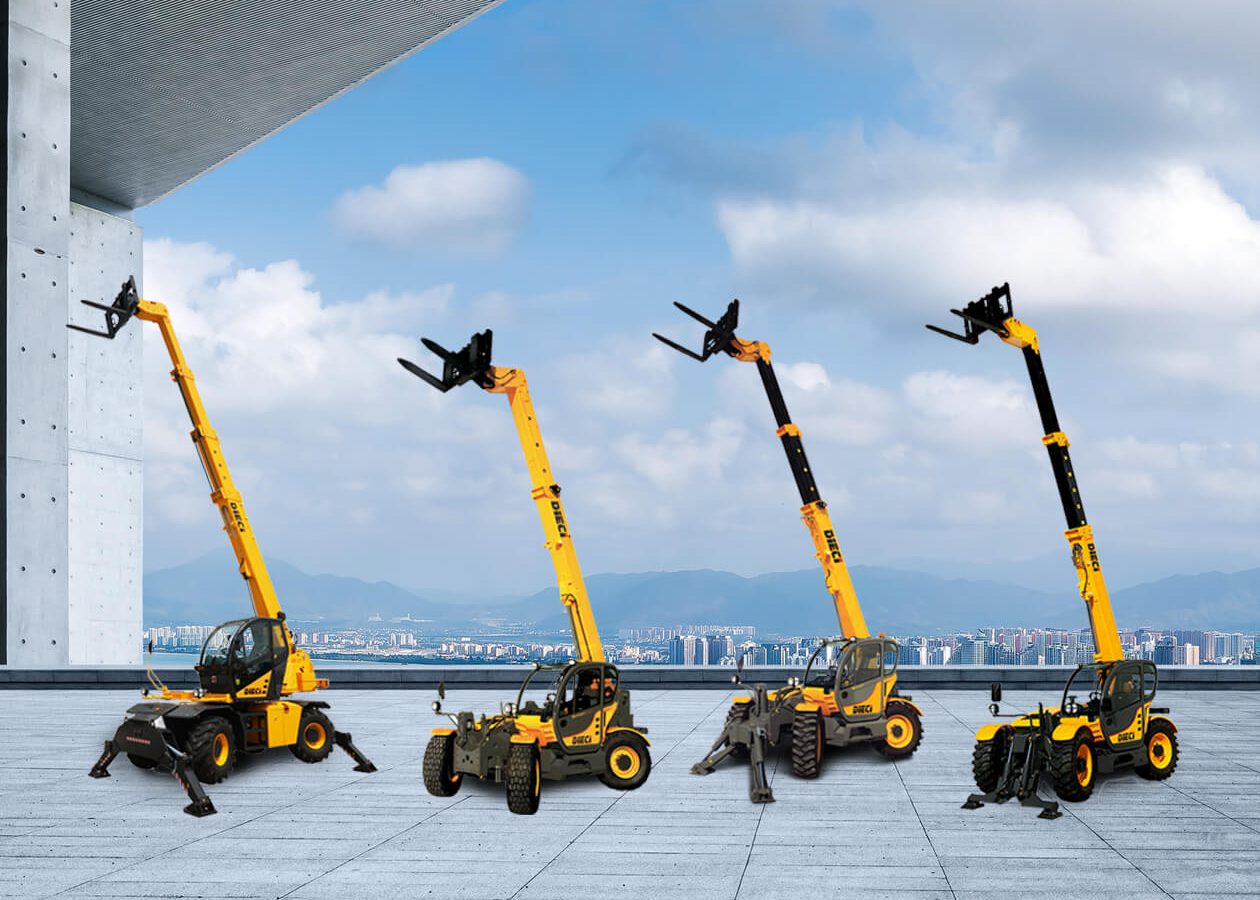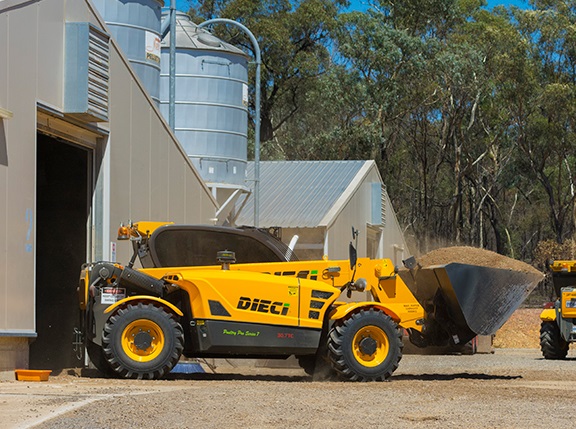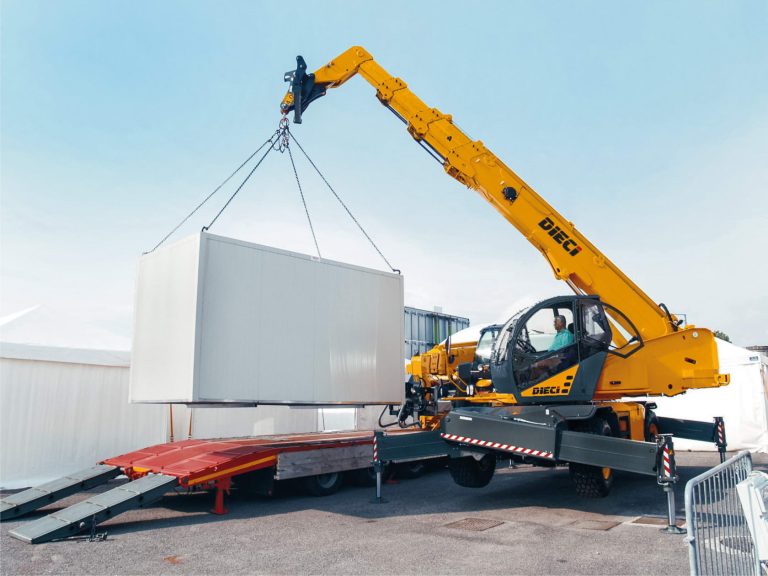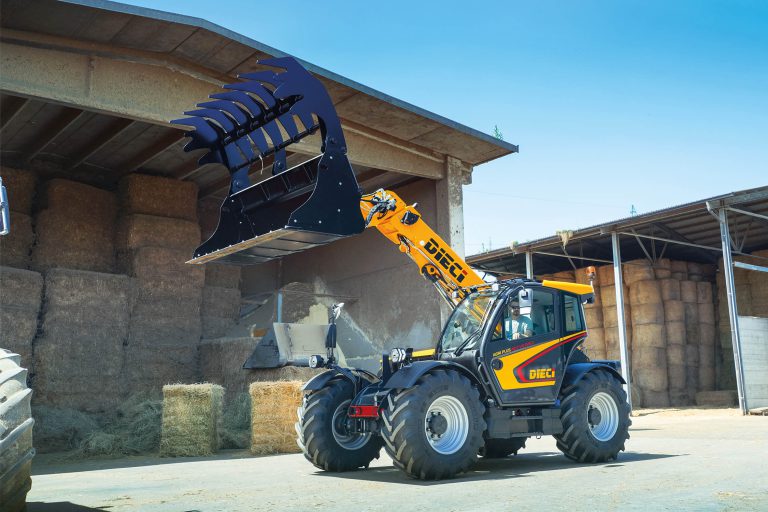A shift towards a greener future and renewable resources is evident around the world. Italy, with its large number of farms, can transform itself into an important producer of sustainable energy thanks to biogas. The production of biogas is a real opportunity for growth and development, with both productive and economic advantages.
A biogas-fueled cogeneration plant produces electrical and thermal energy created from organic plant materials, animal waste, organic waste (FORSU) and water purification. A biogas plant therefore has a double advantage:
- on the one hand, it produces energy more efficiently than the traditional separate production of energy and heat
- on the other, it offers a way to economically exploit materials considered “waste”
What is Biogas?
Biogas is among one of the the most used renewable energy sources, representing an interesting opportunity for growth and development for many farms that see a supply chain of use for their waste material. The production of biogas takes place through anaerobic fermentation (i.e. in the absence of oxygen) of biomass through bacteria naturally present in the air. This whole phenomenon, from temperature to humidity level, must be controlled and monitored to ensure that the production of biogas takes place with few losses.
Among the biomasses used regularly for the production of methane are:
- Agricultural residues, such as pruning or straw
- Wood obtained from pruning and maintenance of wood
- Organic substances of animal origin
- Fruit and vegetable waste from the agri-food sector
Starting from these scraps, two important materials are obtained:
- biogas, a renewable energy source which, thanks to the use of a cogenerator, can be converted into energy and heat
- digestate, a natural fertiliser that can be reused in your own crops
The Role of Telehandlers Within a Biogas Plant
The production of biogas is a long process, which varies according to the starting biomass used.
In the production of biogas, the first phase is that of collecting agricultural waste. The biomass will in fact have to be transported in silos to carry out the anaerobic process, which can be dry (minimum solid content of the biomass of 30%) or wet (minimum solid content between 10 and 15%).
In this phase it is very important to have agile and powerful, multi functional machines at your disposal that are able to speed up the work cycles.
Even for the production of methane from renewable sources, utilising telehandlers can prove to be an excellent investment in terms of money and time: collection, transport and storage can be easily carried out by Dieci agricultural telehandlers equipped with buckets for material handling.
Dieci telehandlers have been designed and produced with versatility – an indispensable resource for any production sector. Equipped with a fixed or rotating arm, of different sizes, heights and load capacities, Dieci telehandlers meet the needs of any handling, lifting activities, as well as offering the ability to manoeuvre around confined spaces.
Thanks to their load capacity, Dieci telehandlers can carry large volumes, storing them where necessary and reducing work cycles.
Cogeneration: Producing Energy with Biogas
Through pumps and pipes, the material is then transferred to the digesters where they are continuously mixed to produce biogas composed of 50-70% methane and 30-50% CO2.
Before its use in the production of energy and heat, the biogas is stored and treated to eliminate impurities through some processes, such as:
- removal of the carbon dioxide component
- desulphurisation, cooling and dehumidification, recommended practices to avoid problems during the cogeneration process
- filtration through gravel and sand
Once ready, the biogas is collected inside the cogenerator. Here, thanks to an internal combustion engine, the energy production process takes place in the form of:
- electricity, which feeds the plant itself and can partly be sold to the electricity grid
- thermal energy, used to heat the structures and to keep the digester at a constant temperature
The Advantages of Producing Green Energy
A biogas cogeneration plant can generate numerous advantages:
- an economic advantage due to the characteristic savings of the production of electricity from biomass itself, since it allows the reduction of the use of fossil fuels
- a reduction in the problems of storage and disposal of biological waste
- a reduction in the environmental impact of both the production of energy and the production of biological waste
Why Choose Dieci Telehandlers for Biogas Production
For the production of methane, the new Agri Revolution range is the ideal solution: reliability, efficiency and comfort reach levels never seen before thanks to the improvement of design and instruments and the introduction of futuristic and patented innovations.
New Stage V engines, 360° suspension cab and new interiors, increasingly intuitive and functional diagnostics and controls, new chassis and transmissions bring tomorrow’s agricultural telehandlers into the field today.






